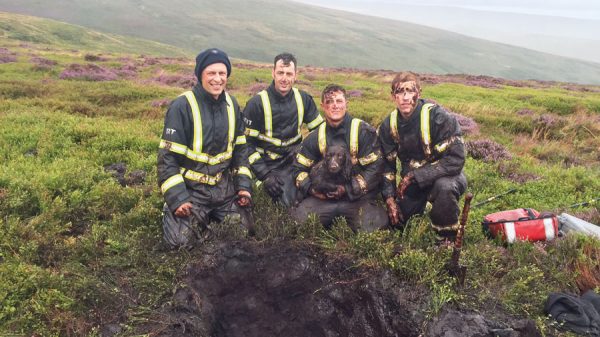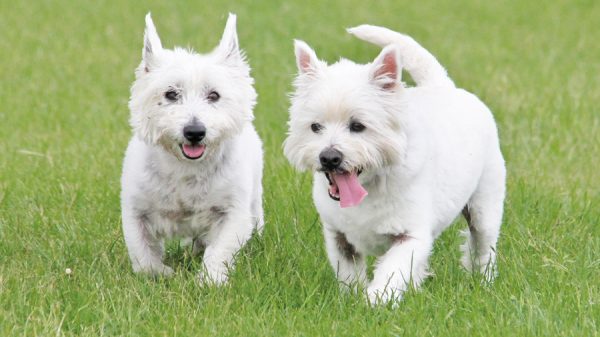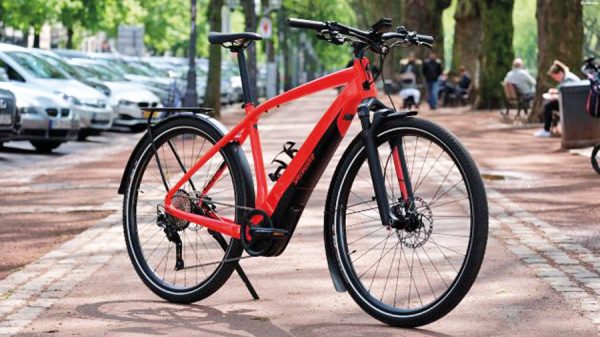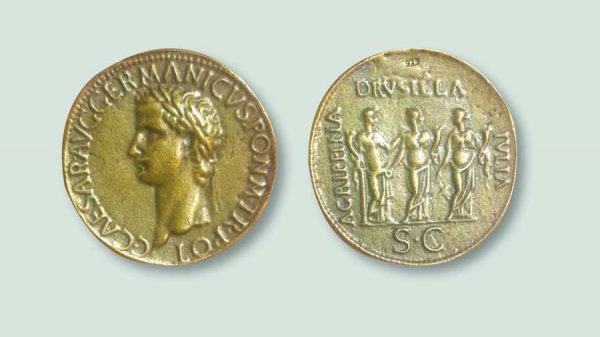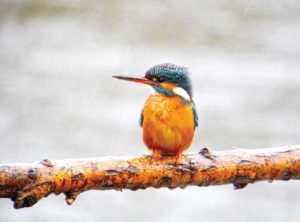The museums in our city always have interesting new exhibitions to see, showing the varied and often quirky history of Leeds. They can be places of wonder and awe for all ages, and with half term this month, museums make a great outing for the whole family – they educate, inspire and release imagination. They don’t cost the earth, in fact many are free to visit, and it doesn’t matter if it is raining! Here is a look at a couple of current exhibitions.
Sounds Of Our City – Abbey House Museum
Sounds of Our City includes exhibits which explore how we first encounter music at home and school, Leeds-made instruments and sound equipment and some of the different venues associated with music in the city over the past 200 years.
The star of the exhibition is Leeds’s own incredible glass harp, first acquired by Leeds Museums and Galleries collection in 1953.
Made in 1820 by Leeds craftsman Joshua Muff, the glass harp is a beautiful example of an instrument which first became popular in the 18th century.
Played by running a chalked or moistened finger round a series of glasses of different shapes and sizes, the instruments were even played at concerts in London and Copenhagen by maestros such as Richard Pockrich and Christoph Willibald Gluck.
Other objects on display include a stunning newly restored 1850s Dearlove double bass, made in Leeds and a skeleton or mute violin from around 1880, which was used by musicians so they could practice more quietly.
Also, part of the exhibition is a song book, featuring a song entitled This is our Opening Day, which was written and performed for the opening of Roundhay Park in 1872.
The song was written by a local estate agent and has been newly performed and recorded for the exhibition by a group of local students.
Sounds of Our City also includes a series of workshops inspired by the exhibition, including a talk on forgotten women composers and a session on Roundhay Park’s part in live music in Leeds, which will look at a series of personal recollections, photos and objects.
Half term fun at Abbey House Museum is inspired by favourite children’s books. Older children age 11-15 may be interested in a DJ Workshop on the 20th February.
Leeds To Innovation –
Leeds Industrial Museum
Leeds has a fascinating history of genius inventors and inventions. The Leeds to Innovation exhibition looks back at 300 years of Leeds inventors and their creations from lighthouses to board games and miniature cars. Some of the inventions you can discover in the exhibition include:
- Jelly Tots – Jelly Tots were invented by accident by Horsforth scientist Dr Brian Boffey. He was working as a young research scientist with confectionary giants Rowntree in York when he made the discovery while attempting to find a formula for a powdered jelly which would set instantly when added to cold water.
- Spirograph – The ‘Spirograph’ game was developed by Leeds engineer Denys Fisher in the mid-1960s and helped a generation of children unleash their creative potential. The idea of using complex spiral drawings had been used before but Denys Fisher’s ‘Spirograph’ brought the idea to a whole new audience. Denys experimented with Mecanno parts in his attempt to perfect his new game. The game won the ‘Toy of the Year’ award in 1967.
- The selfie – Inventor Washington Teasdale is thought to have taken one of the world’s first selfies in the ruins of Kirkstall Abbey. Teasdale, a polymath and pioneer in fields including naturalism and engineering, captured the historic image in 1883, one of the earliest examples of someone both taking and appearing in a photo.
- Smeaton’s lighthouse – Known as The Father of Civil Engineering, Smeaton was a pioneer in the field and his innovative lighthouse design was a major breakthrough. Smeaton modelled the shape on an oak tree, and used ‘hydraulic lime’, a concrete that set under water. Construction of his design started in 1756 at Millbay and the light was first lit on October 16, 1759.
- Cluedo – A true tabletop classic, Cluedo was among the most famous board games produced by Leeds-based Waddingtons. Originally designed by Anthony Pratt of Birmingham, Pratt took his idea to Waddingtons in Leeds and presented it to Norman Watson, one of the company’s executives. Watson accepted the game and changed the title to Cluedo.
- The Scootacar – Originally manufactured in the late 1950s by Scootacars Ltd, a division of the famous railway locomotive builder, the Hunslet Engine Company, the eye-catching vehicles were said to have been inspired by the wife of one of the company directors, who said she wanted a car that was easier to park than her more bulky Jaguar.
Over the February half term, Leeds Industrial Museum will be hosting family-friendly activities including classic films in one of the UK’s smallest cinemas and a chance to build and code programmable Lego.
In addition, to celebrate the role that the museum building has played in the local community for 300 years, entry to the museum will be a pound per person for anyone with an LS12 postcode, meaning residents in the Armley community can find out more about a site that was once the beating heart of the city’s textile trade. Entry for a pound for those with an LS12 postcode is per person and available with proof of address such as a recent utility bill, passport or driver’s license.
Half term activities at other Leeds Museums and Galleries include the annual Love Birds event at Lotherton, a trail through Temple Newsam House and Wonderful Weaving and Fabulous Fashions at Leeds City Museum. For more information on any of the exhibitions or activities, visit www.museumsandgalleries.leeds.gov.uk
